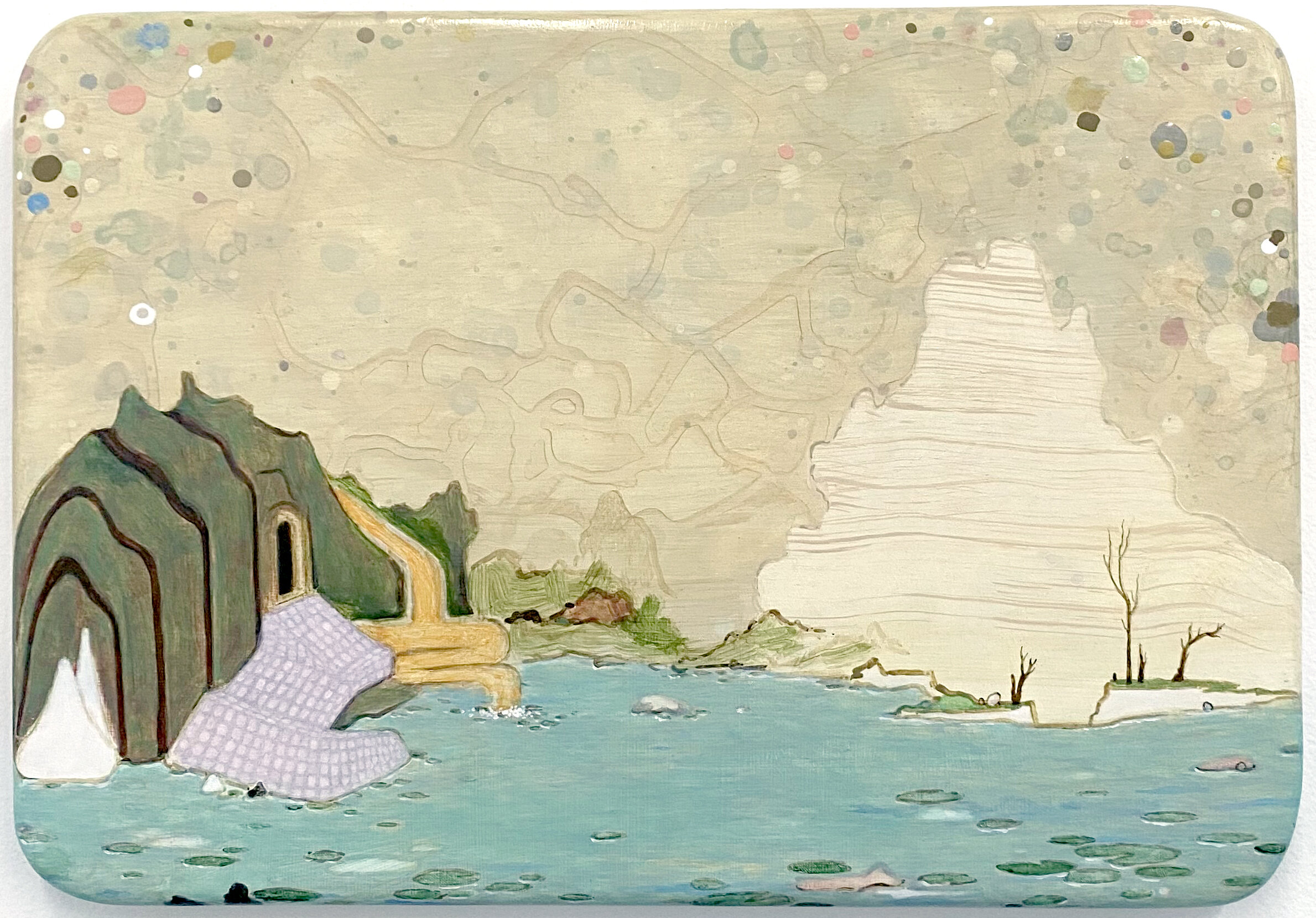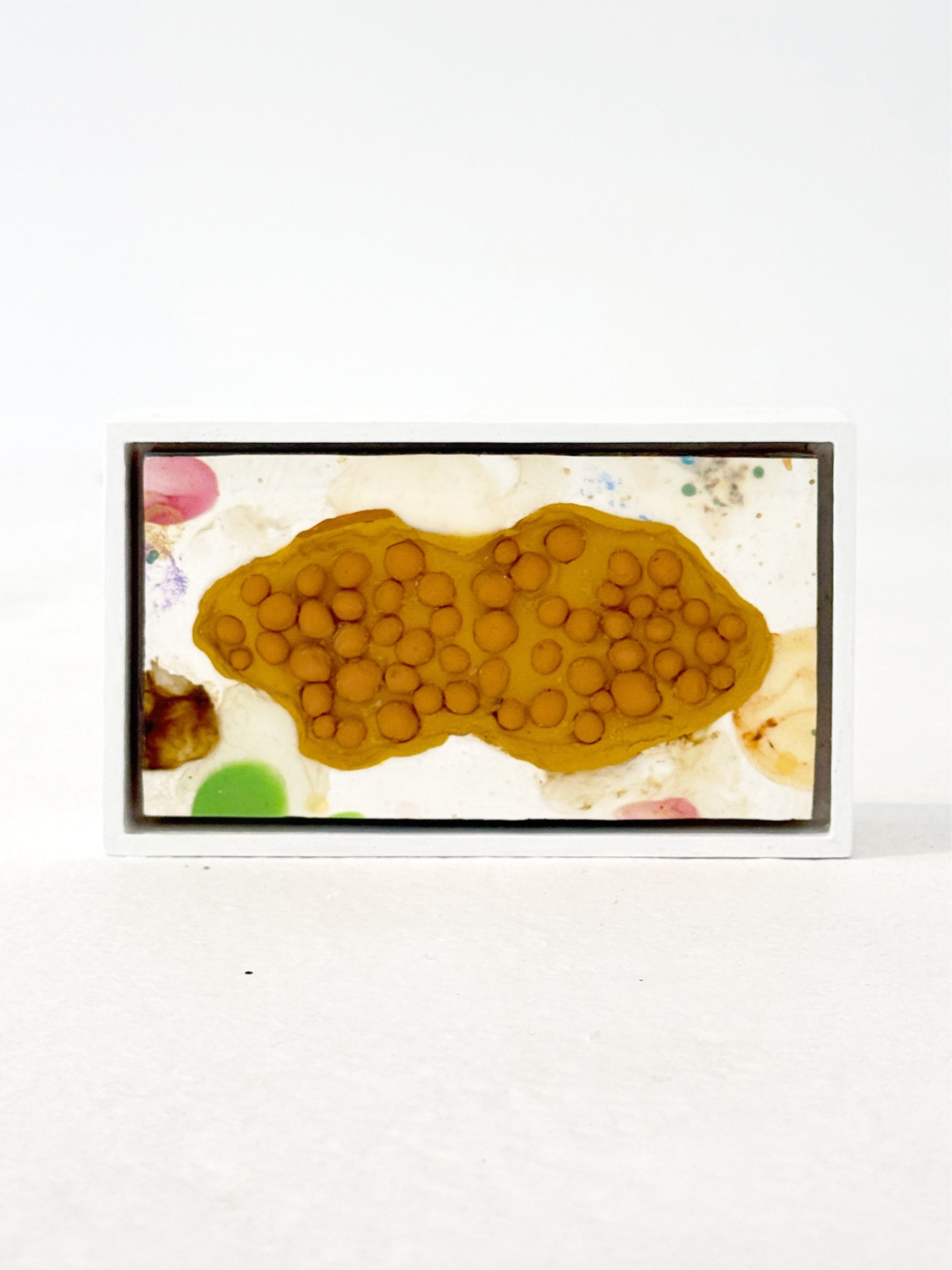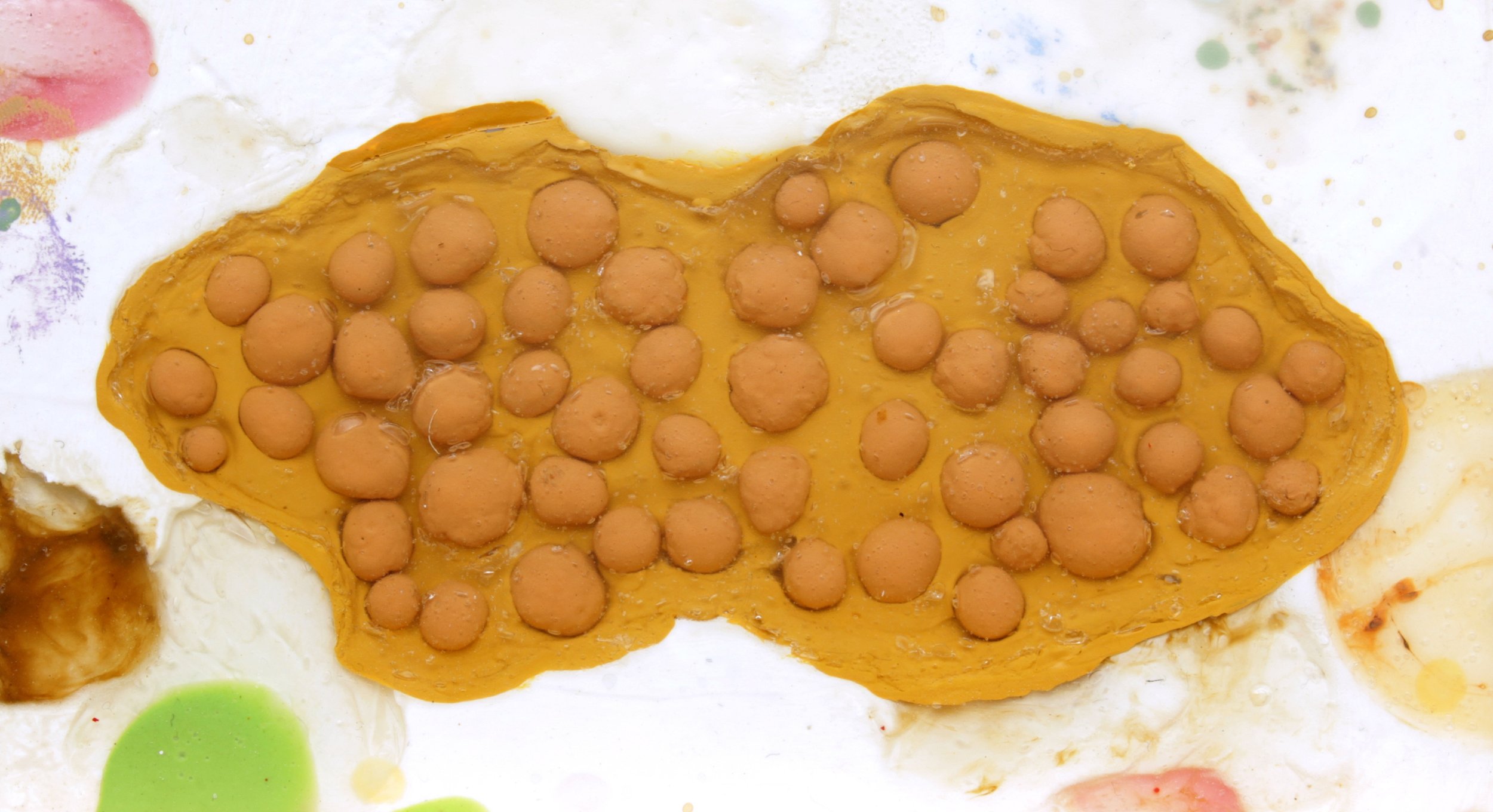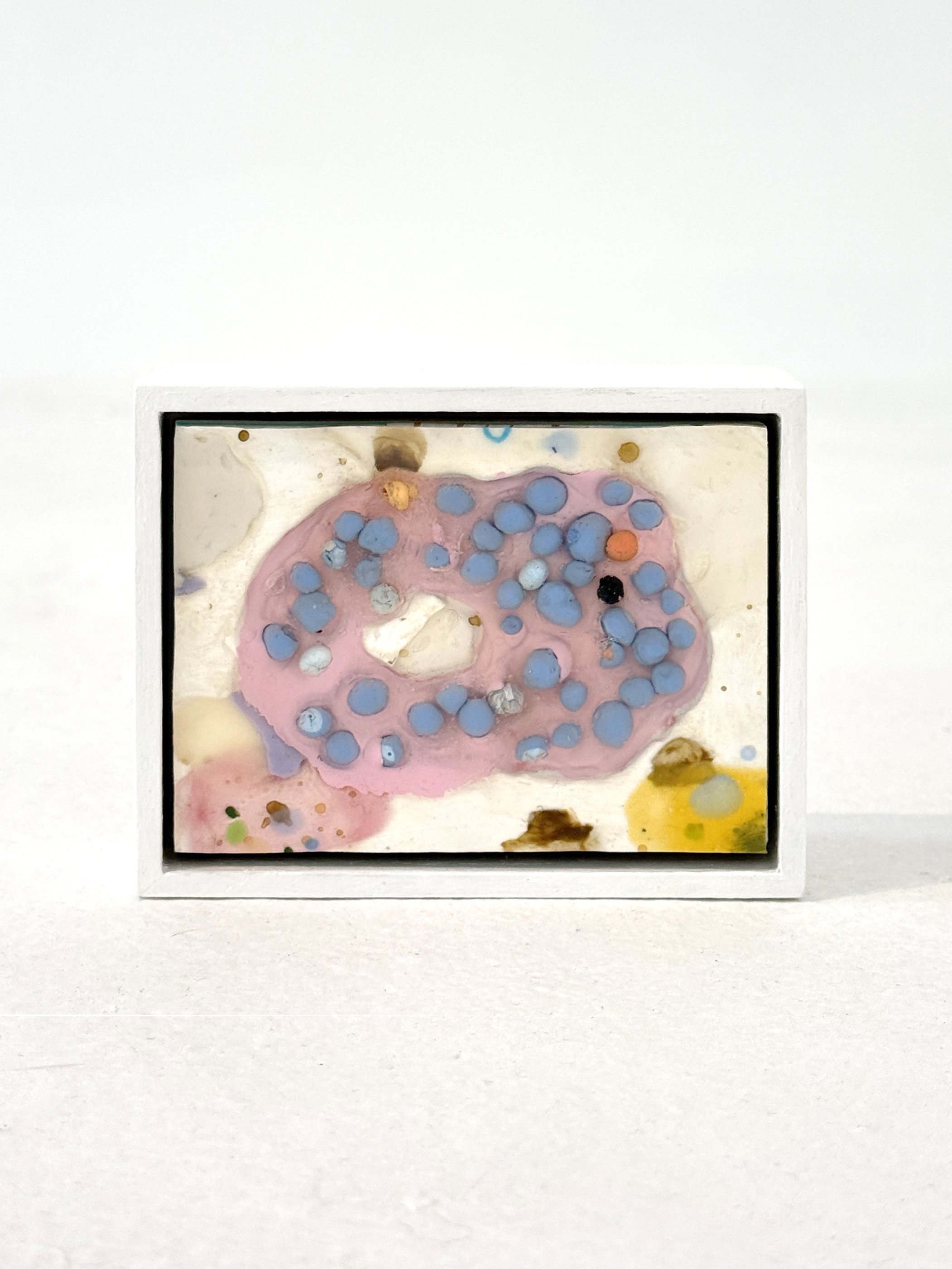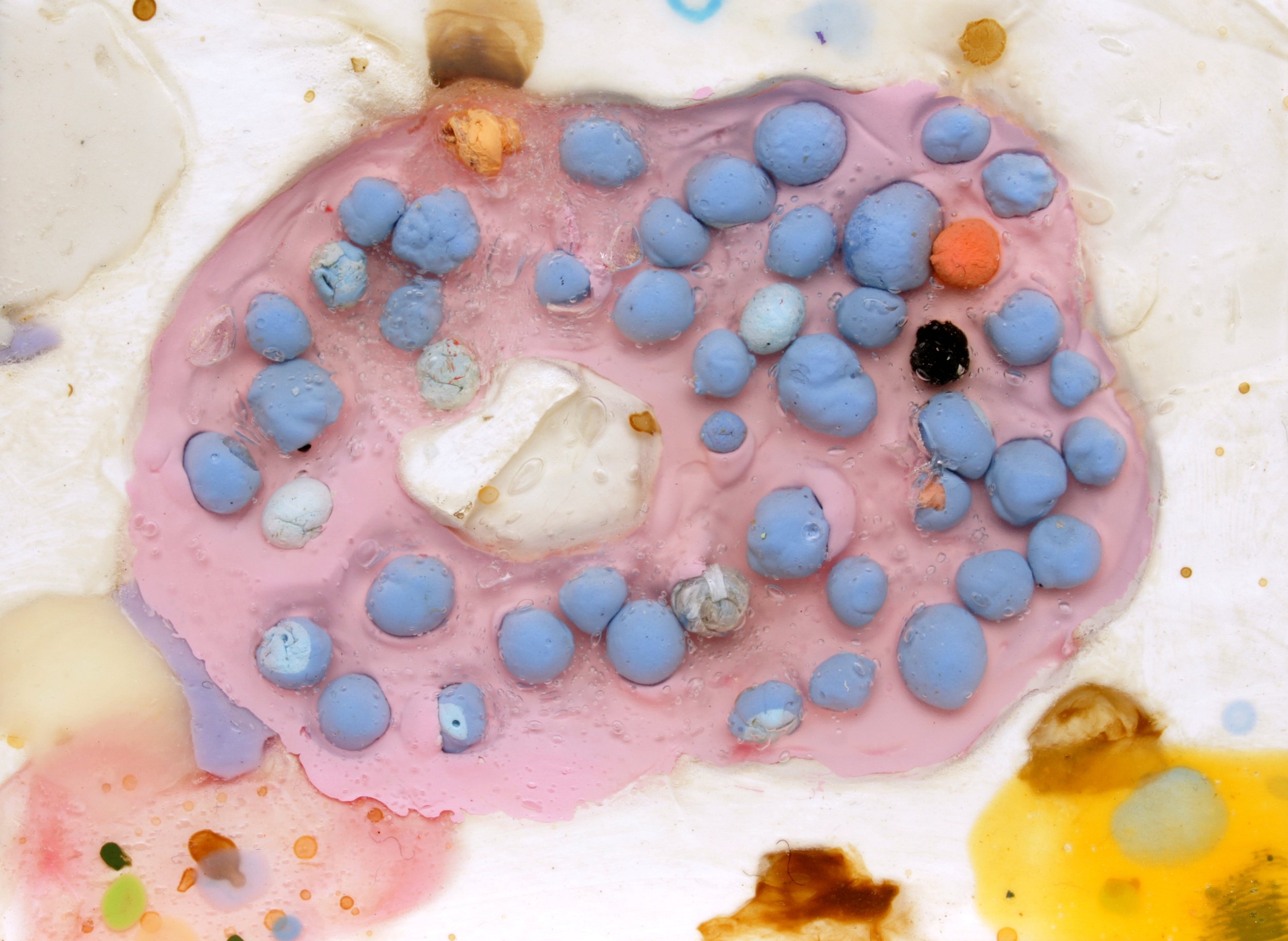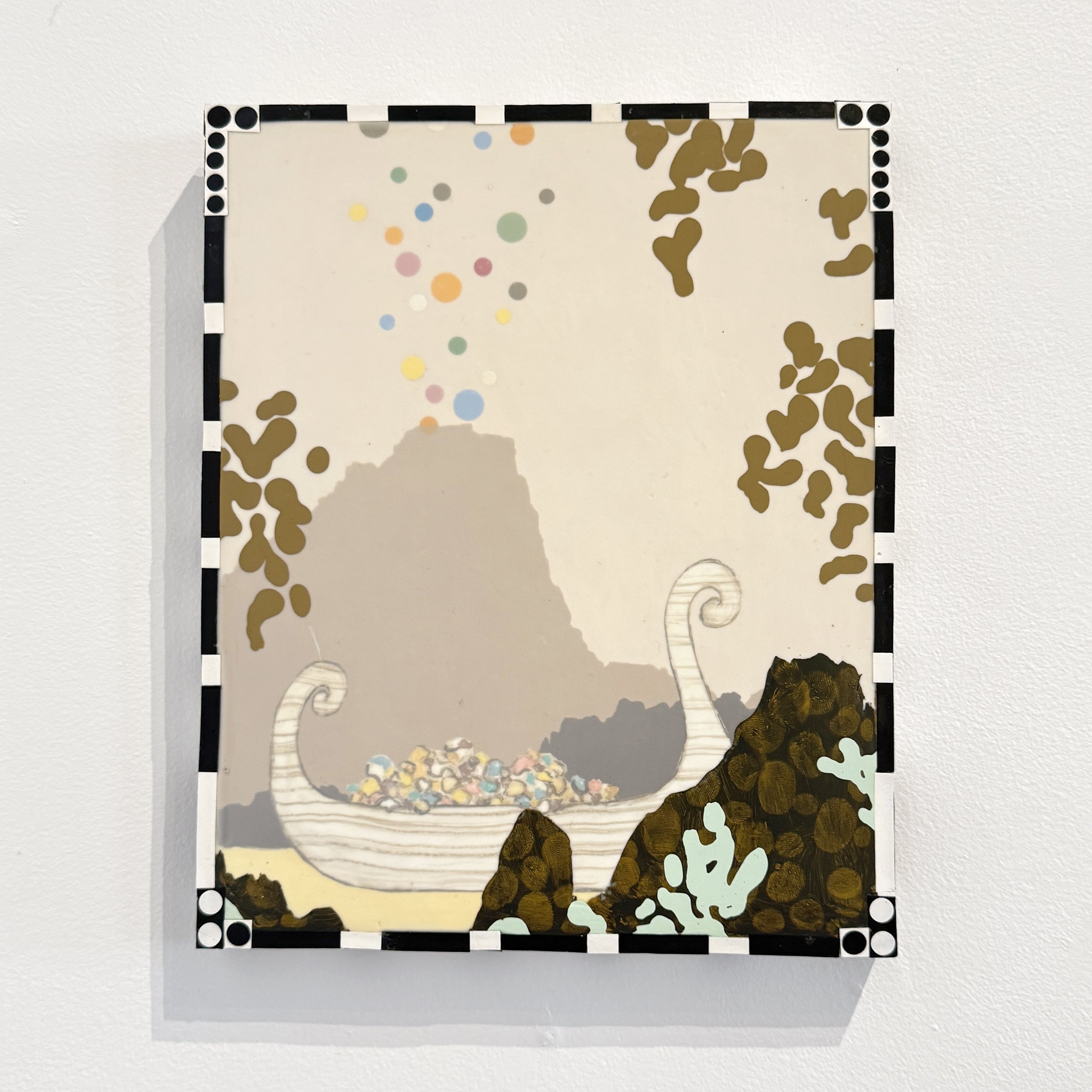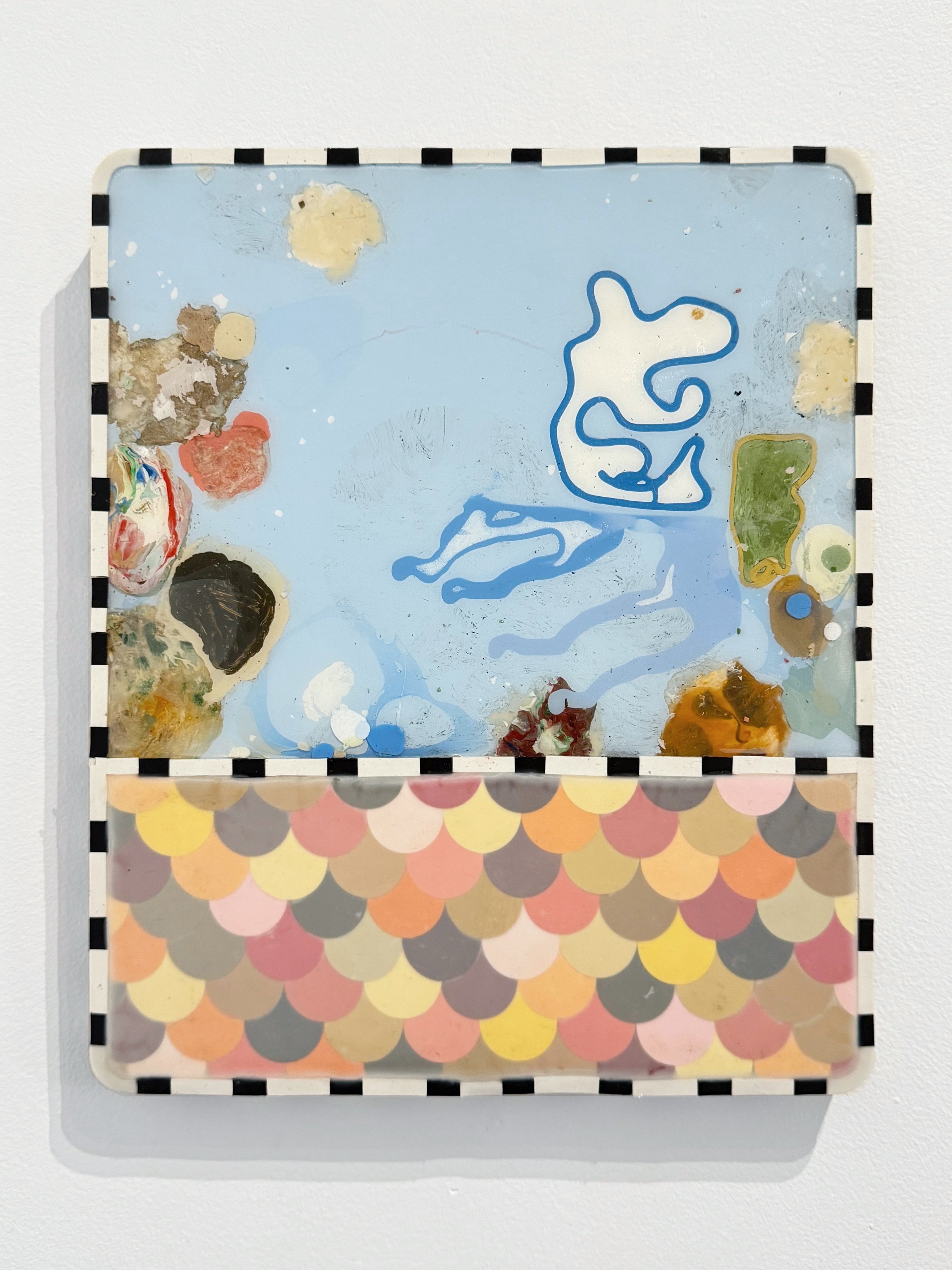
Shallow Seas
MARK RODDA
Shallow Seas, 2022
synthetic polymer on wood panel
30 x 25 cm
$ 1800
collect from Stockroom in Kyneton (VIC), or we will be in touch to discuss delivery options

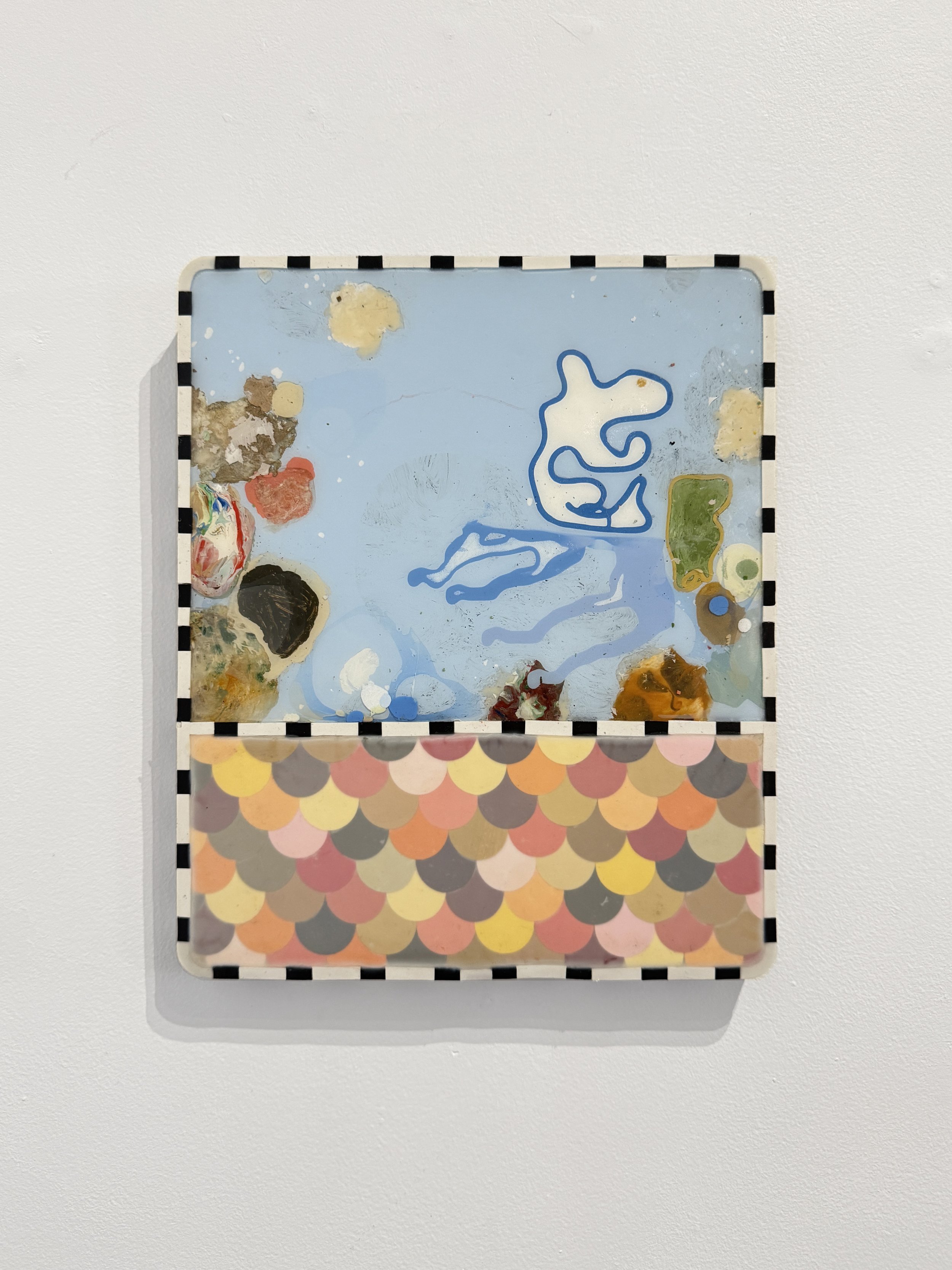
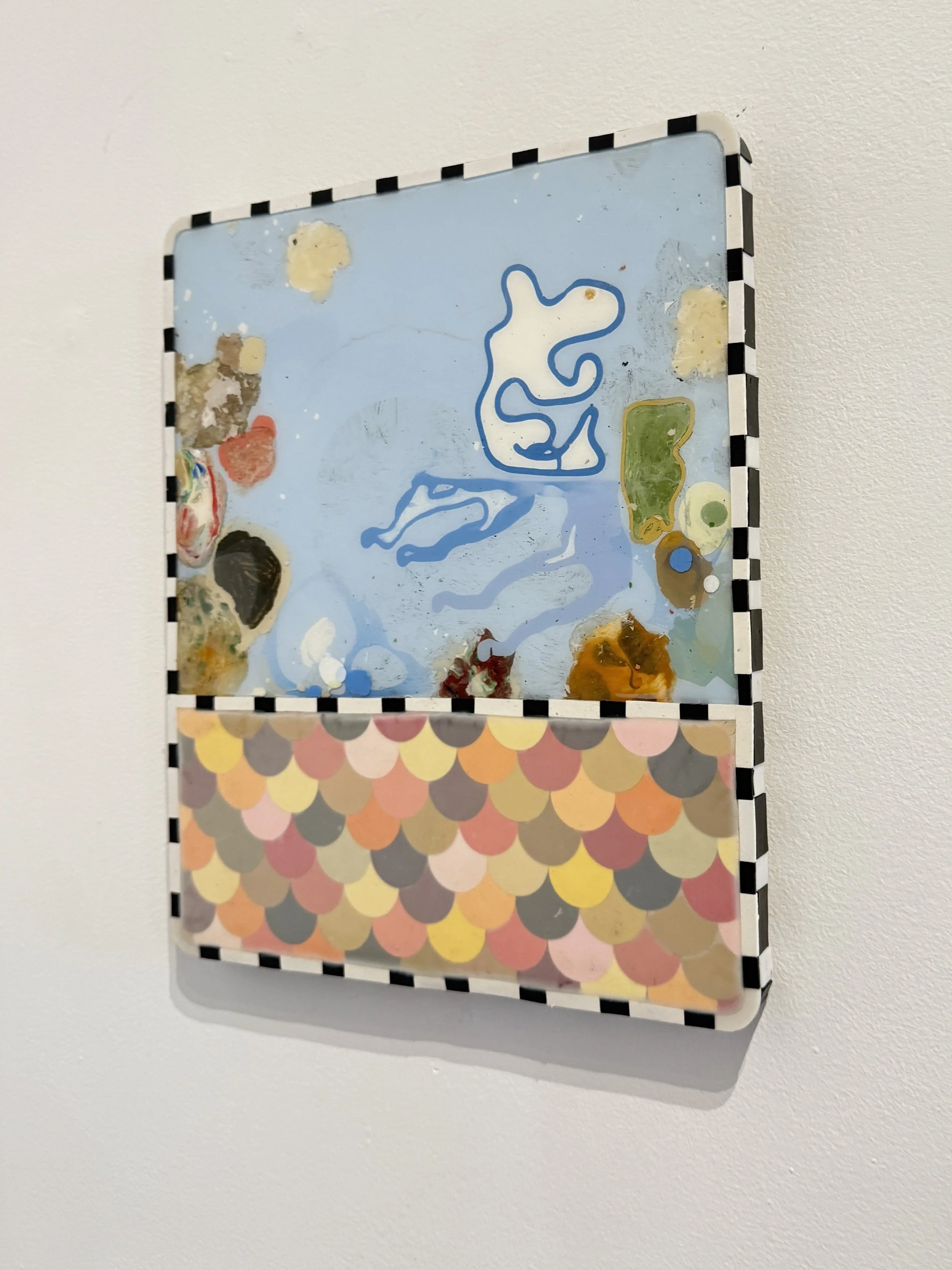
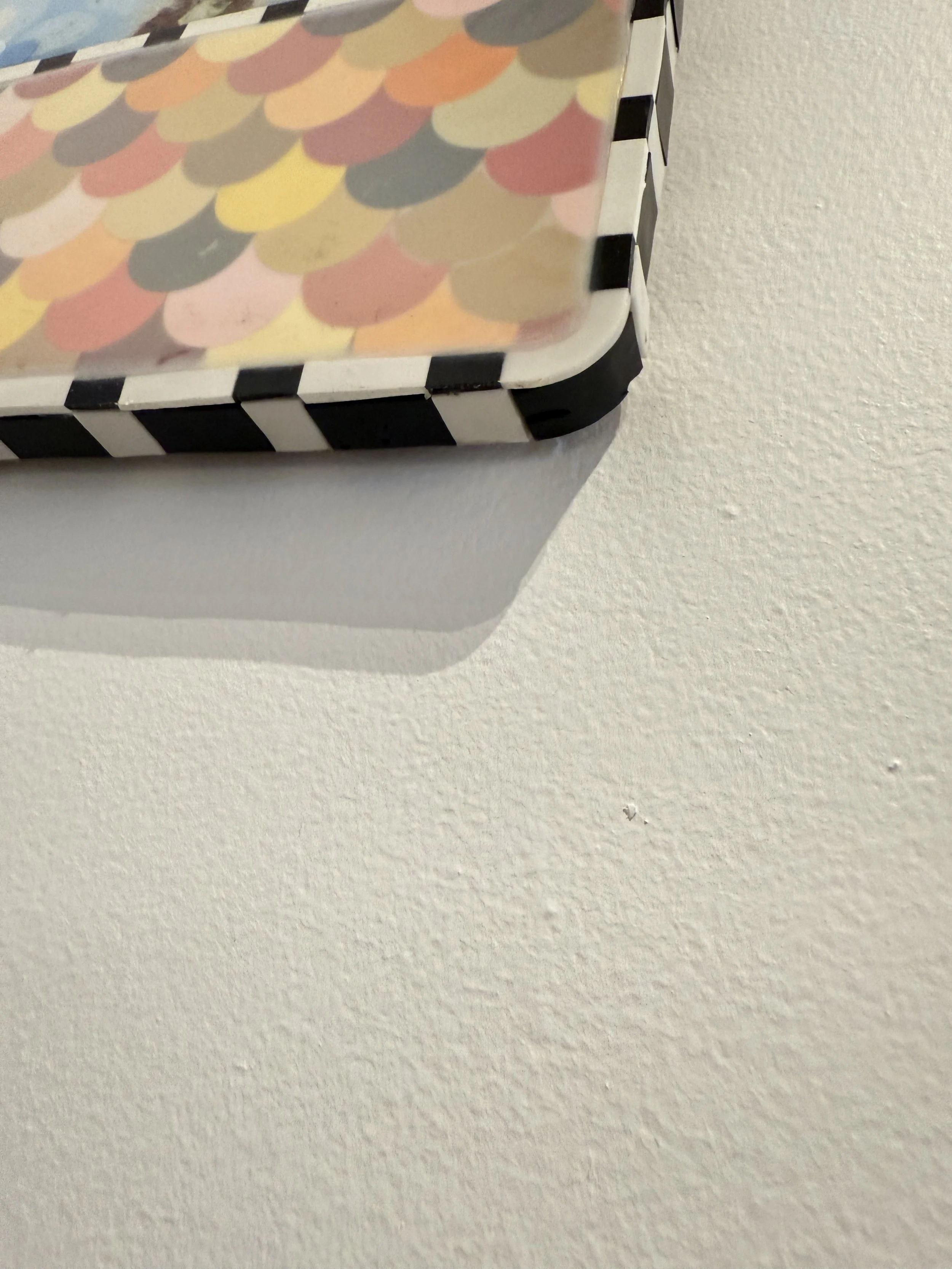
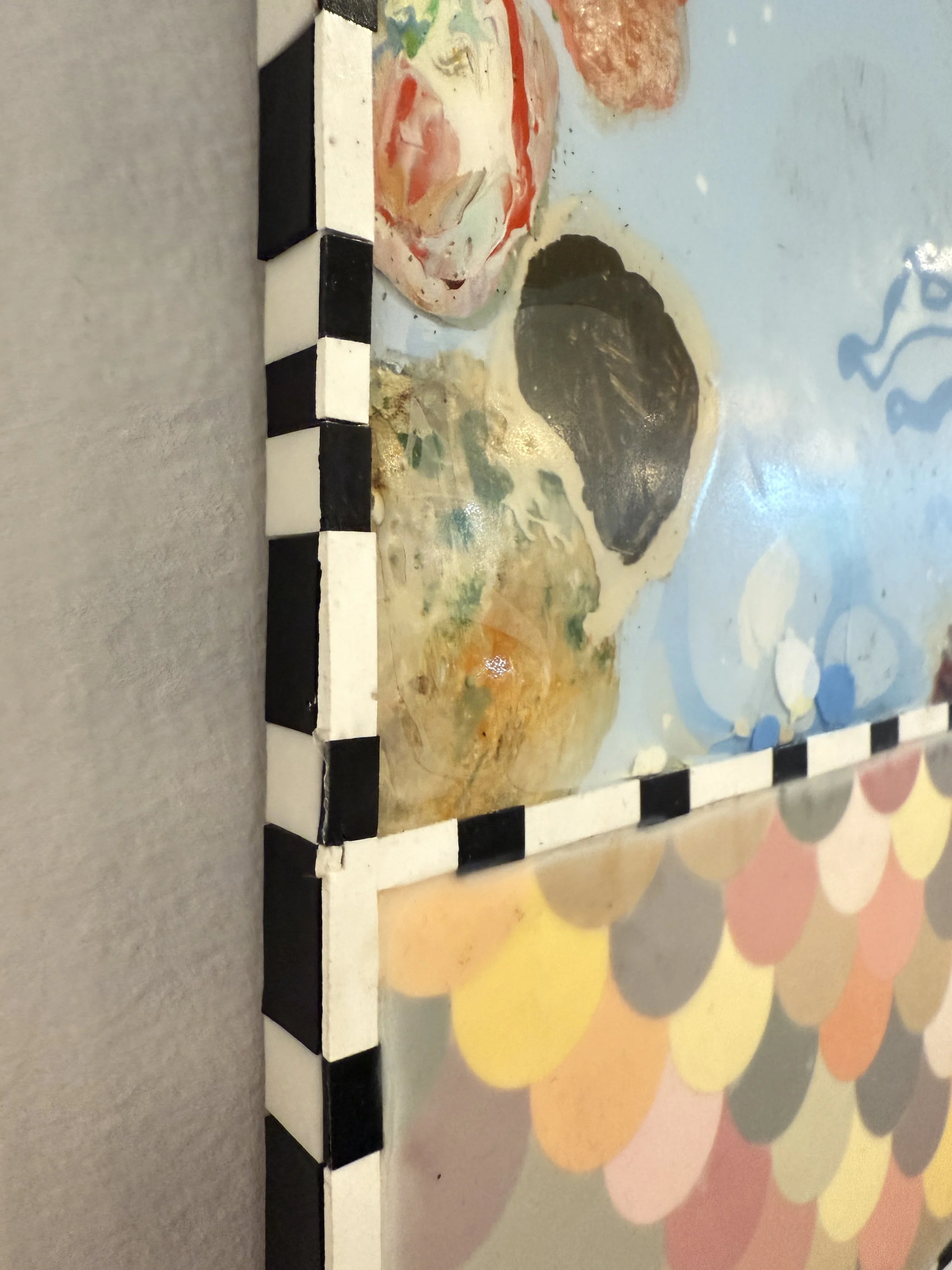
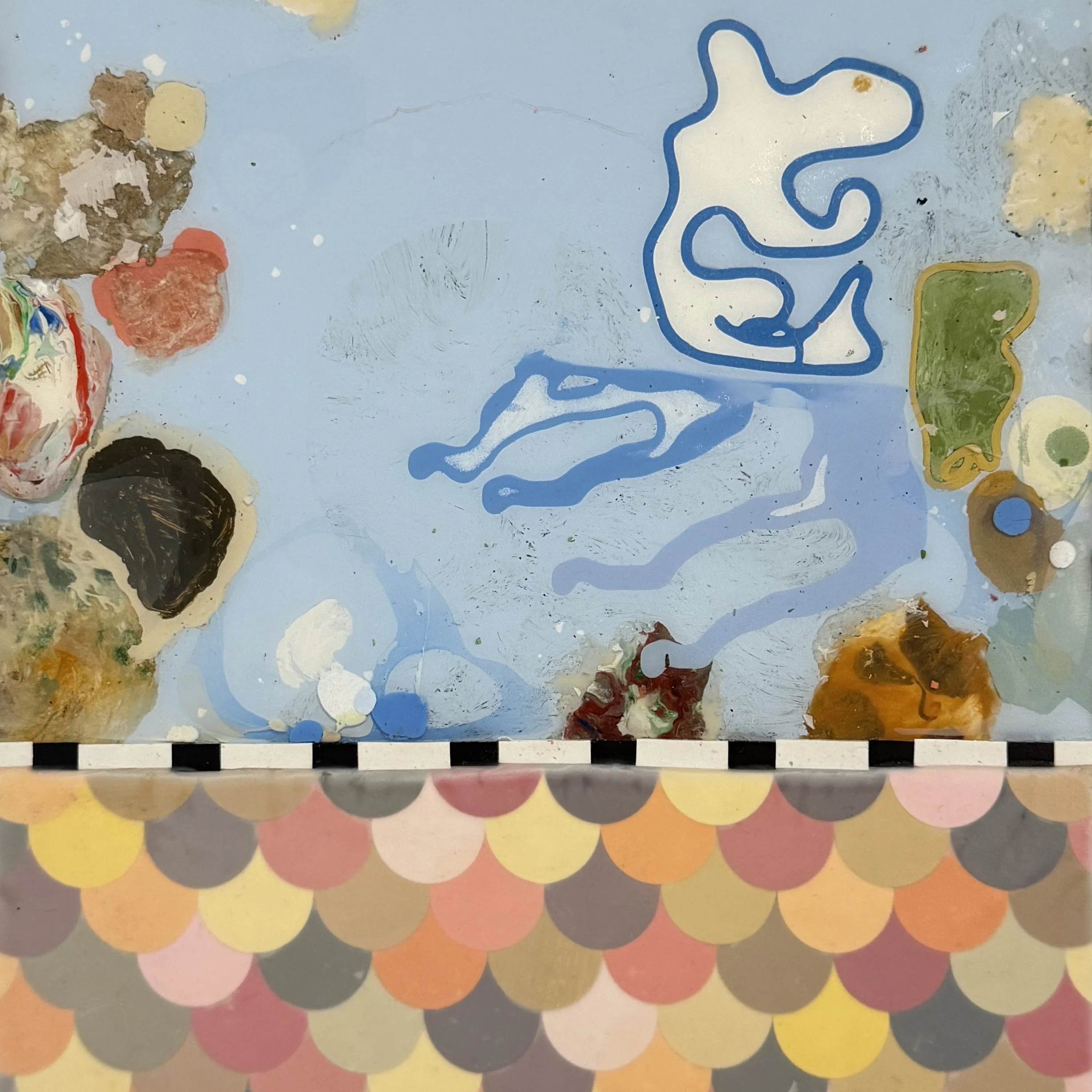
Additional Info
Stockroom Kyneton, gallery one
13 August / 18 September 2022
MARK RODDA
Meander Glade
Mark Rodda’s recent exhibitions have featured a strange dialogue between his figurative and abstract works. At times these two forms converge, threatening to become a single entity. In other times, such as in Meander Glade, they seem poles apart. Meander Glade shows little overlap between the figurative and non-representational work featured, it’s as if they were painted by two different artists. The artist could surely simplify things if he decided to abandon one or the other, but, as if choosing between children, Mark Rodda would not dream of prioritising one over the other. If this was an exercise in logic there might be a problem, luckily an art exhibition is a safe place where logic is not a prerequisite.
Our world and the lives of humans can be messy, contradictory and often a bit uncouth. I’m comfortable to have my exhibitions share some of these elements.
Mark Rodda is stylistically restless. He is continuously searching for a style, or styles, that balance improvisational flexibility, with results that hold up to scrutiny for (hopefully) decades or centuries.
Meander Glade has a lighter touch in its figurative work. There is more emphasis on a transparent sheen, with most underpainting clearly visible. This is balanced by the quite solid and hard-edged features of most of the non-representational images.
Through the exhibition, the figurative paintings are mostly improvised, with the highs, lows, and unexpected detours that this can bring. The abstract works are in general more rigidly planned, with most of the creativity happening at the design stage. In these works, the artist sees himself as creating more like a chef or scientist, where much of the artistic satisfaction occurs when the painting emerges from the ‘imaginary/metaphorical’ studio oven.
The abstract pieces were all created using a unique technique that the artist has slowly developed over the last half-decade. This is a process of painting an image in reverse (on glass or a solid surface), peeling the finished work off that surface, flipping it, and attaching it to a wood panel. This gives the work an unusual, almost printed surface feel, which highlights details that normal painting techniques often hide, similar to painting on glass (but without the glass as a final support). This technique also creates the illusion that the image could be some sort of exotic stone or marble that has been highly polished.

